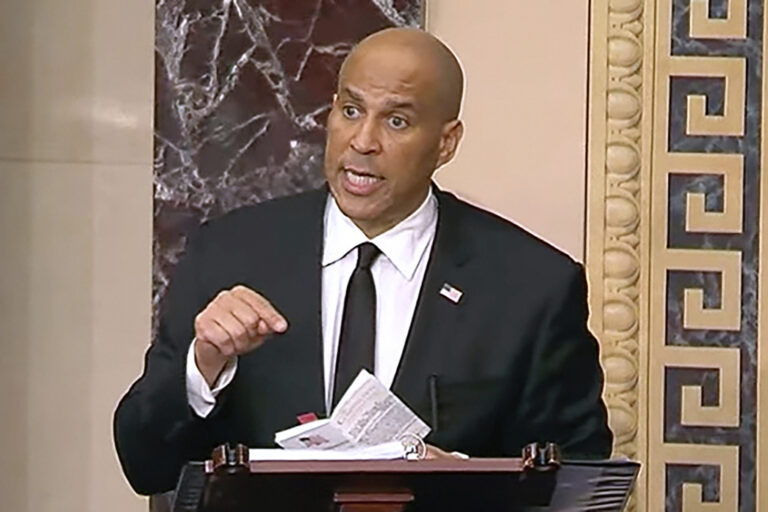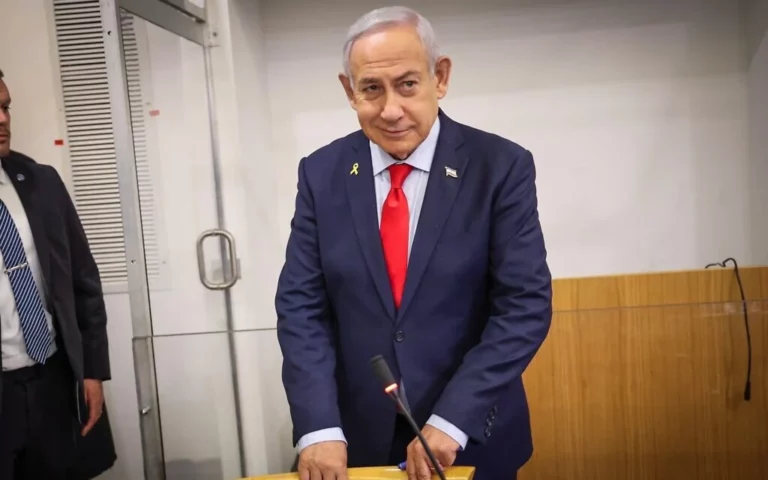 Jerusalem City Hall has begun a project that is a first in Israel, seeking to place solar panels on the roofs of municipal and public buildings around the city towards enhancing the Shabbos.
Jerusalem City Hall has begun a project that is a first in Israel, seeking to place solar panels on the roofs of municipal and public buildings around the city towards enhancing the Shabbos.
The initiative comes from the mayor himself, Rabbi Uri Lupoliansky, who hopes the NIS 100 million price tag will bring a solution to the growing number of the city’s residents who are seeking alternative electricity for Shabbos and Yomim Tovim, not wishing to benefit from the chilul Shabbos of the Israel Electric Company (IEC).
Officials have meet with a number of companies, including Germany’s “Solar Millennium” and “HaChevra L’Yisroel”, with engineers and other experts mapping out a plan that will provide clean Shabbos Electricity. They technical experts will be working with a rabbinical board, composed of members who will represent a strict halachic viewpoint as to satisfy the most machmir opinion – hoping to make the Shabbos Electricity available and acceptable to all who wish to rely on it.
At present, there are generators operating in a number of chareidi neighborhoods such as Har Nof, and those who paid to be hooked into the electric grid switch over on Shabbos, receiving electricity from the generator and not IEC. This situation is far from ideal, permitting only limited use of appliances due to the limitations of the system. The system is also very expensive to set up and the generators require maintenance.
Engineers are confident that by using advanced PV (Photo Voltaic) energy, large quantities of clean electricity can be stored then be made available to the Shomer Shabbos community.
In stage one of the program, solar panels will be erected on the roof of City Hall and 20 rooftops of schools.
City Hall explains that after the guidelines are mapped out by the engineers and halachic experts, the system will be turned on, operating under a multi-year lease plan. The company chosen to launch the project will be responsible for setting the system up, running the system and maintaining it in exchange for a set fee which it will receive from City Hall.
(Yechiel Spira – YWN Israel)











3 Responses
Halevai the United States would do the same thing and reduce our dependence on foreign oil.
Yup, #1, me too. Though I don’t know exactly how much oil is produced by sunlight.
While solar is the wave of the future, it is NOT yet the wave of the present. Coal costs 6 cents per kilowatt produced. Solar currently costs 31 cents per kilowatt produced. As oil rises and Moore’s law helps make solar panels cheaper, they will become more popular. The solar leaders are working on ways to focus the sun’s rays to enhance solar output. When that happens, look out oil and look out OPEC countries.